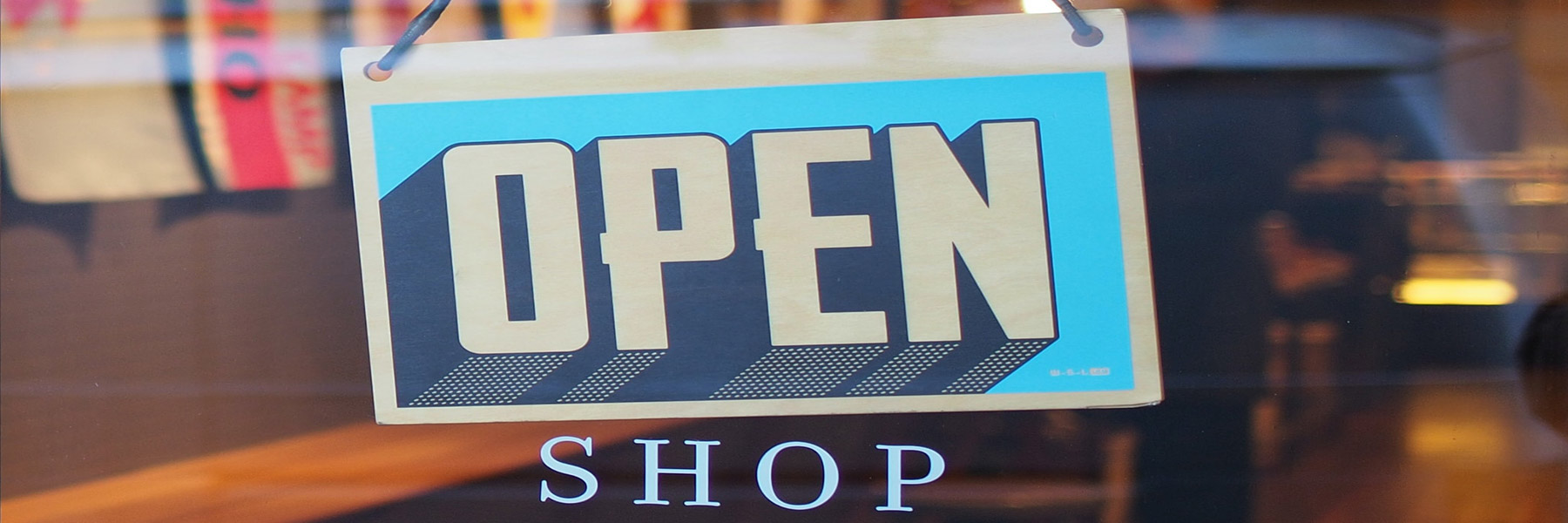
- Home
- Services
- Products
- About Us
- News
- Industries
- Resources
- Contact
Newtown Square • Philadelphia • Detroit • Cincinnati • Sacramento • Rochester • Willow Grove • Orlando • Buffalo

Retailers frequently use a business tool called a “SWOT Analysis” to evaluate the effectiveness of their business decisions. It’s a common practice, with companies gathering together a team of vested stakeholders (from multiple levels and departments and with a variety of perspectives) to discuss and ultimately identify what they believe to be the most crucial internal and external factors affecting their standing within the marketplace. The hope is that by identifying their own strengths and weaknesses, as well as the opportunities and threats surrounding them, companies can devise a plan for maximizing their own profitability.
For retailers, in particular, assessing strengths and weaknesses against possible market opportunities and threats enables them to develop realistic marketing strategies that resonate with consumers and hopefully lead to market growth. Furthermore, a SWOT analysis can be a great catalyst for in-depth market research, prompting companies to use their own self-reflection to direct how, when, where and from whom they seek actual consumer data. The result: even more objective insight and the potential for even more meaningful change.
Indeed, our team here at Research America often finds it helpful when clients have previously undertaken a SWOT analysis because they better understand their assets, as well as their limitations, and are able to prioritize their own research needs. We do notice one point, however, that would make the standard SWOT analysis for retail companies more relevant and, thus, more revealing: an analysis of others. Instead of examining opportunities and threats only from the inside, as shaped primarily by the company’s strengths and weaknesses alone, we believe it’s critical for the SWOT analysis to also consider opportunities and threats in relation to outside forces, specifically those resulting from competitor strengths and weaknesses. Here’s why:
A variety of factors influence a company’s level of success. Of course, some of these factors can be managed and exploited (like pricing and product quality), but a lot of them are out of the company’s control altogether (hello, COVID-19!) or — sometimes even more inexplicably — a matter of perspective and/or circumstance. With a SWOT analysis, retail companies often fail to incorporate a multi-dimensional review of all of the factors impacting their business, instead focusing on only the ones for which they believe themselves to have control. In reality, other competitors in the market are simultaneously contributing their own assets and deficiencies. Acknowledging that these external factors exist and have the power to affect the company’s own strengths and weaknesses — potentially precipitating a strength becoming a future threat or a weakness an opportunity — enables the company to more effectively strategize in a relentlessly dynamic world.
The #1 thing missing from a retail SWOT analysis is perspective. Rather than solely focusing on obvious threats and opportunities, retailers must think outside the box, visualizing others’ strengths as inspiration for opportunities and their weaknesses as shared threats so that a more accurate representation of the market is revealed. In this way, future strategies for growth have the potential to garner even more rewards. To learn how to harness actionable results from your own SWOT analysis that can be used to direct future market research, please contact our experts at Research America.